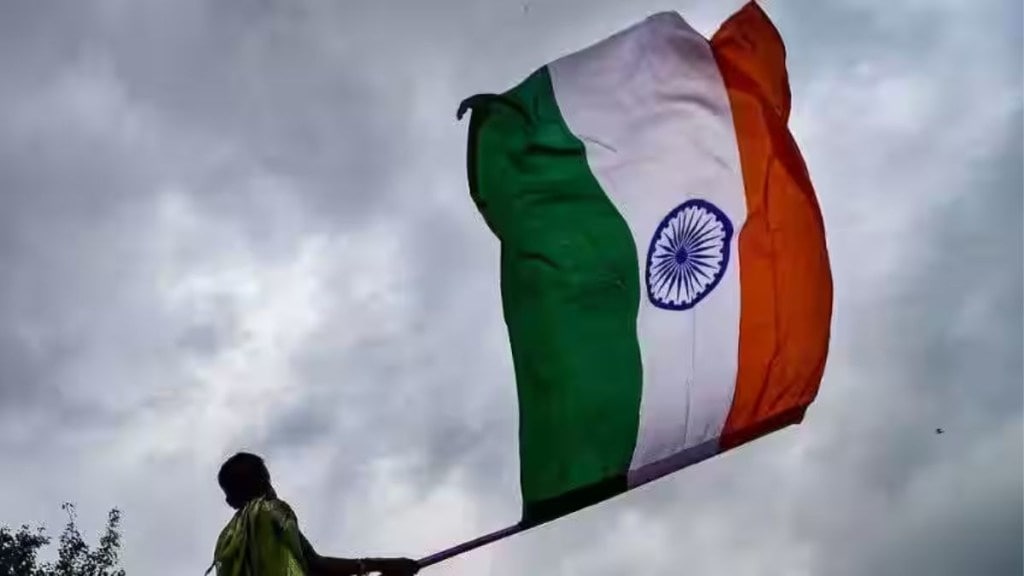Singapore’s first Prime Minister Lee Kuan Yew had once said, “China does, India talks.” But there is enough data to suggest that India has also been doing a lot, apart from talking a lot. As the country enters the 78th year of independence, there is indeed much to celebrate — it is set to become the fourth-largest economy and could become the third-largest by 2027. India has improved its scores on several global indices, is an information technology services major, has doubled the number of places in many higher education institutes, and has made great strides in connectivity — both physical as well as digital. More importantly, contrary to the predictions of its imminent demise as late as the 1950s, the country has emerged as a consequential player on the world stage whose voice is heard with respect.
The Indian republic has survived as, by and large, a united, vibrant, multicultural democracy. That’s a tremendous achievement in a world which is becoming increasing divisive and volatile — for proof, look at what has been happening in our immediate neighbourhood. The success of India’s democracy has been, in large part, because of its institutions, which have held up and continue to hold together this nation — with the Constitution as the guiding light, showing the way forward, and erecting the guardrails for a safe journey.
The problem, however, is that even if India is doing relatively well, all too many Indians aren’t. In nominal dollars, India’s per capita income is lower than that of all but one (Bangladesh) of the 50 largest economies, and slightly ahead of Cambodia, which is not flattering company. According to the 2024 UNICEF Child Nutrition Report, 40% of children in India suffer from malnutrition. The nation also faces a crisis with two-thirds of its unemployed youth being educated. India’s richest people now have a larger share of national income than in more than a century. The top 1% of Indians earns 22.6% of the national income compared to 15% earned by the bottom 50% of the population, according to a study by the World Inequality Lab. Two decades ago, the top 1% accounted for 25.4% of the wealth and the bottom 50% held 6.9%. This only goes on to show that India remains a deeply unequal society.
This can’t continue as such growing inequality can rip apart the country’s social fabric. Some deep introspection is required on issues such as progressive taxation, employment generation (not the type proposed in the latest Budget), and improved access to health and education. It is crystal clear that government handouts are no substitute for jobs, and religion cannot for all time serve as a mass opiate. These are the issues that the lawmakers should debate and discuss. Instead, an average day in Parliament still remains all about the I-me-myself personality cult, chaos, demonisation of the other, which all but drowns out any substantive discussions on critical areas. India must frame policies of allowing entrepreneurial energies to flourish while relying on comprehensive welfare with a rights approach as it’s obvious that neither a statist nor a market-only emphasis on development and growth is ideal. Political leaders need to come together to articulate a vision for the future that embraces the aspirations of the young who need to hear what we can do for them. The prime minister’s Independence Day speech this morning could be a good starting point.

